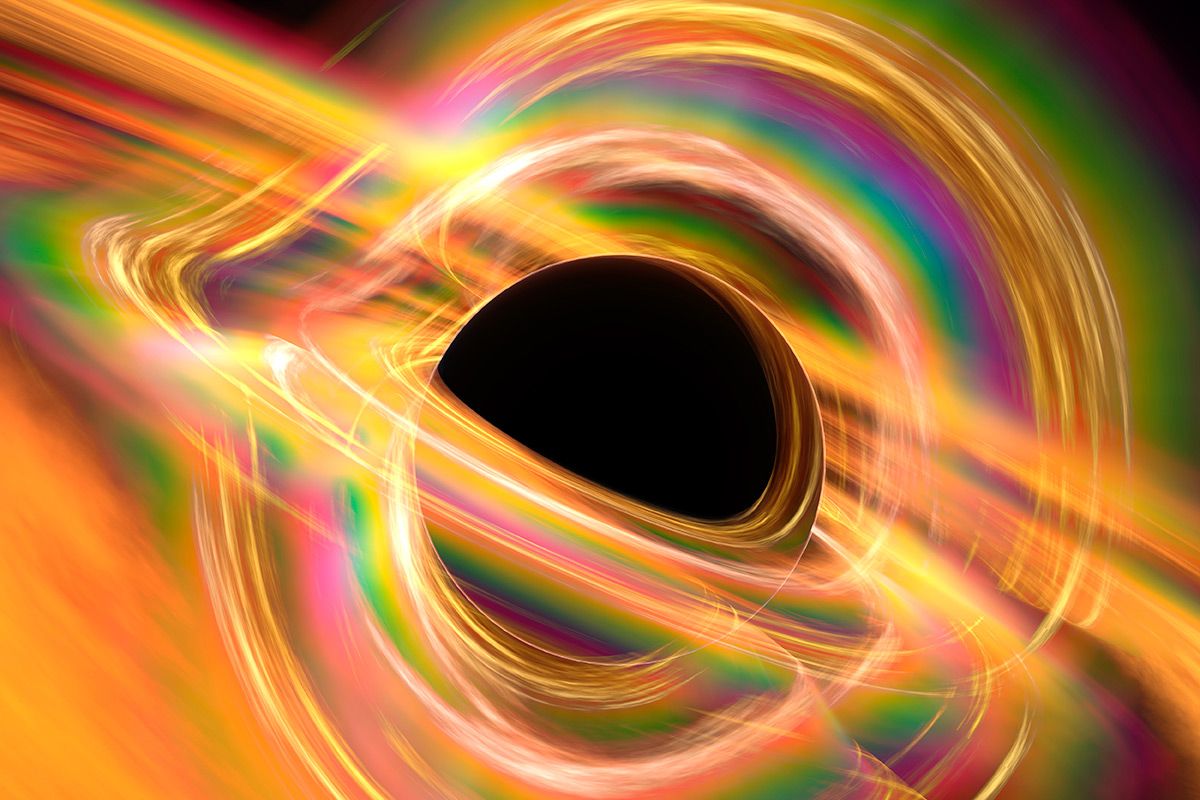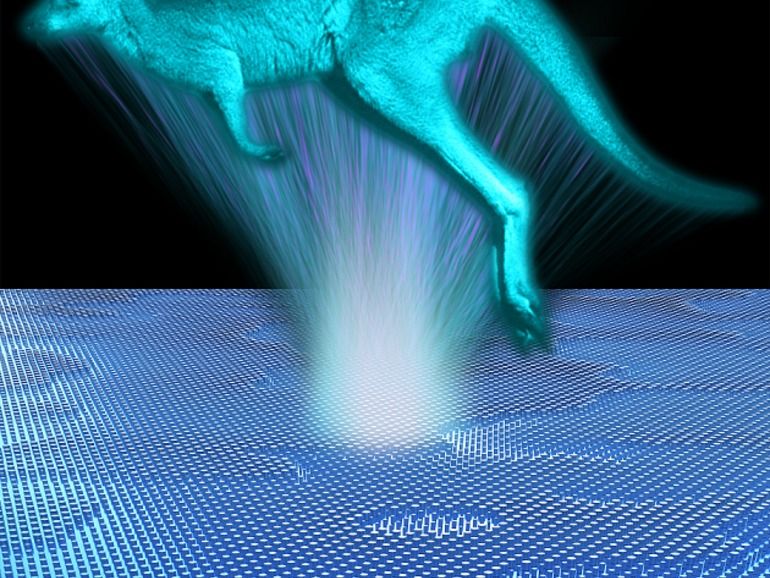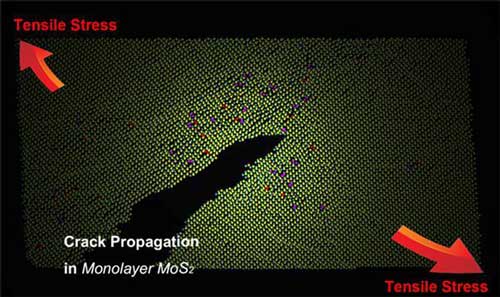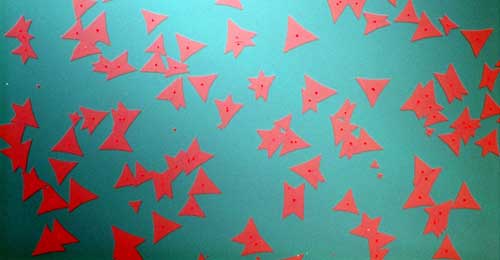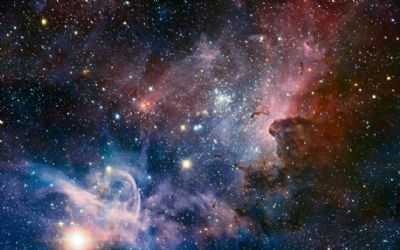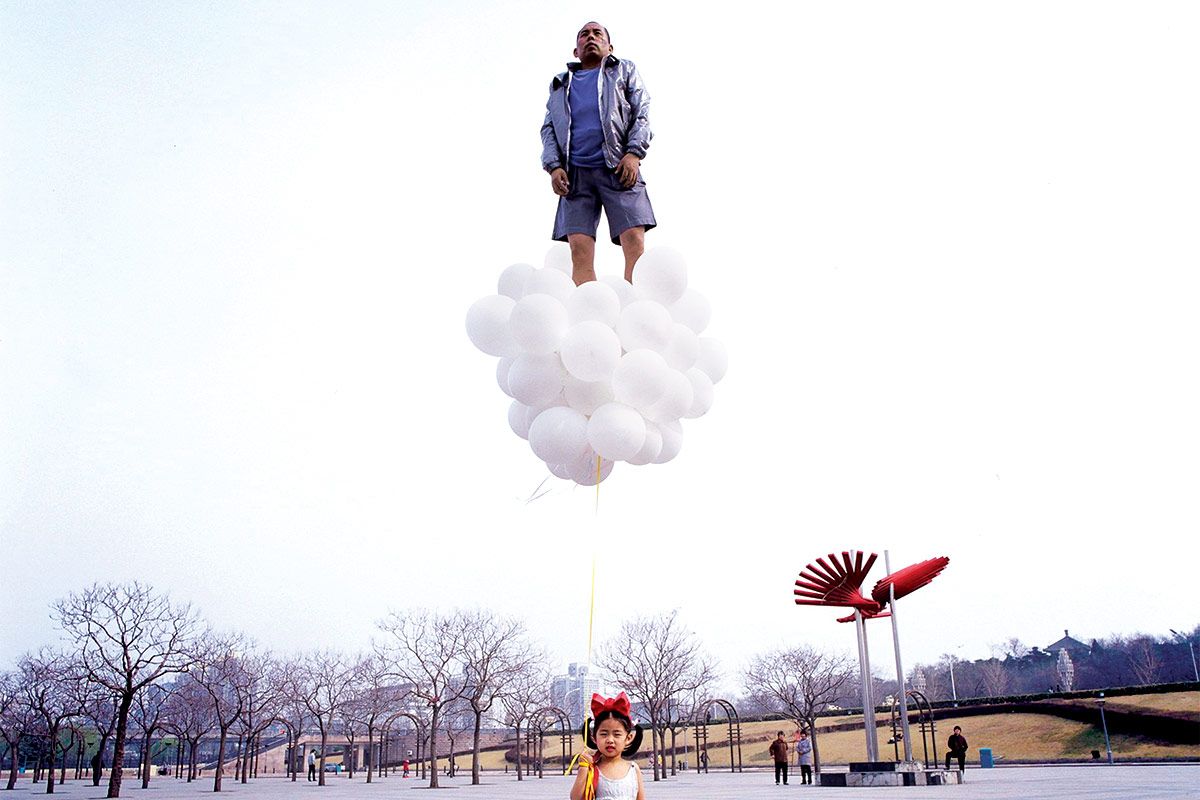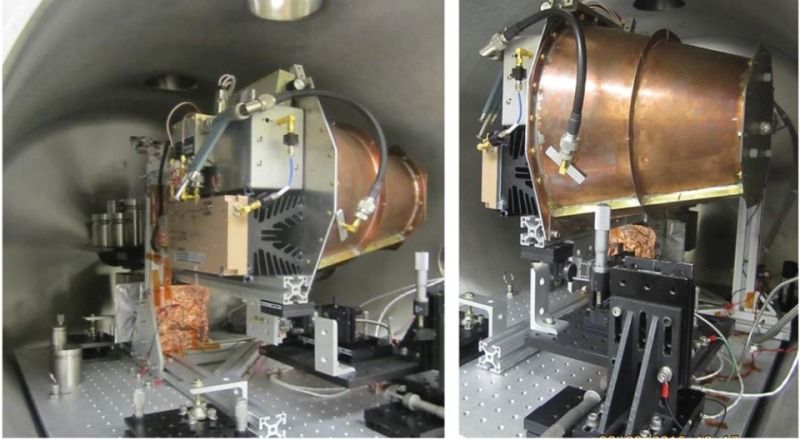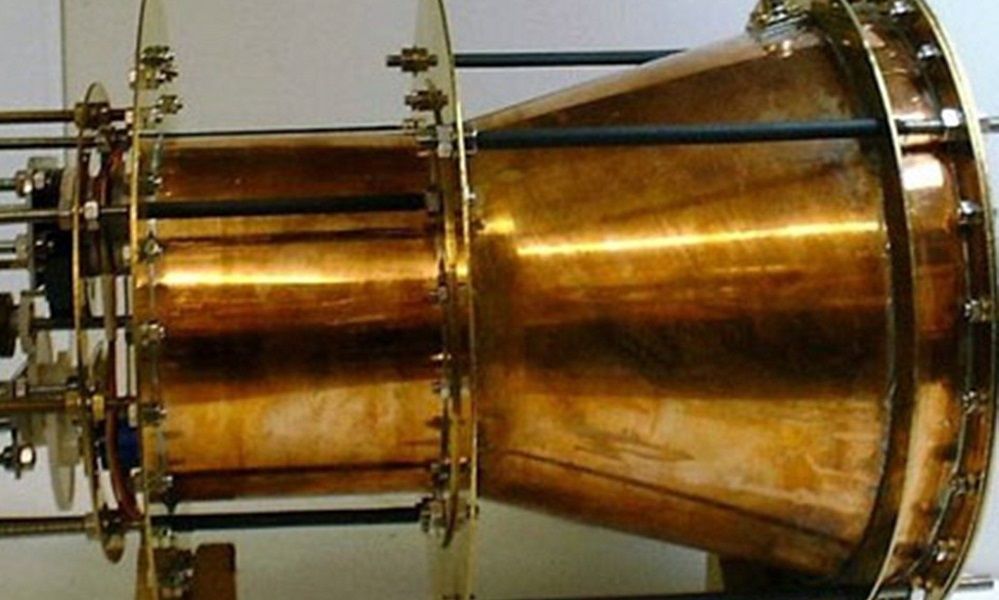Archive for the ‘physics’ category: Page 282
Jan 23, 2017
Australian National University invention brings sci-fi holograms a step closer
Posted by Shane Hinshaw in categories: holograms, physics
Jan 18, 2017
Explaining how 2-D materials break at the atomic level
Posted by Karen Hurst in categories: nanotechnology, physics
Cracks sank the ‘unsinkable’ Titanic; decrease the performance of touchscreens and erode teeth. We are familiar with cracks in big or small three-dimensional (3D) objects, but how do thin two-dimensional (2D) materials crack? 2D materials, like molybdenum disulfide (MoS2), have emerged as an important asset for future electronic and photoelectric devices.
However, the mechanical properties of 2D materials are expected to differ greatly from 3D materials.
Scientists at the Center for Integrated Nanostructure Physics (CINAP), within the Institute for Basic Science (IBS) published, on Nature Communications (“Dynamical observations on the crack tip zone and stress corrosion of two-dimensional MoS2”), the first observation of 2D MoS2 cracking at the atomic level. This study is expected to contribute to the applications of new 2D materials.
Jan 18, 2017
“The Black Hole That Gave Birth to the Universe” — (Weekend “Galaxy” Stream)
Posted by Andreas Matt in categories: cosmology, physics

The big bang poses a big question: if it was indeed the cataclysm that blasted our universe into existence 13.7 billion years ago, what sparked it? Three researchers at the Perimeter Institute for Theoretical Physics and the University of Waterloo propose that the big bang could be the three-dimensional “mirage” of a collapsing star in a universe profoundly different than our own.
Jan 17, 2017
Nanotechnology: Lighting up ultrathin films
Posted by Karen Hurst in categories: nanotechnology, physics
Based on a study of the optical properties of novel ultrathin semiconductors, researchers of Ludwig-Maximilians-Universität München (LMU) in Munich have developed a method for rapid and efficient characterization of these materials.
Chemical compounds based on elements that belong to the so-called transition metals can be processed to yield atomically thin two-dimensional crystals consisting of a monolayer of the composite in question. The resulting materials are semiconductors with surprising optical properties. In cooperation with American colleagues, a team of LMU physicists led by Alexander Högele has now explored the properties of thin-film semiconductors made up of transition metal dichalcogenides (TMDs).
The researchers report their findings in the journal Nature Nanotechnology (“Opto-valleytronic imaging of atomically thin semiconductors”).
Jan 15, 2017
China to set up gravitational wave telescopes in Tibet
Posted by Karen Hurst in category: physics
Jan 11, 2017
Consumer Physics, Changhong and Analog Devices announce the world’s first Molecular Sensing Smartphone
Posted by Klaus Baldauf in category: physics
Jan 4, 2017
Antigravity: Discovering if antimatter falls upwards
Posted by Shane Hinshaw in category: physics
If anything fell upwards, it would rewrite physics textbooks. Amazingly fiddly experiments to test whether antimatter can do just this are kicking off.
Click to read an excerpt — subscribers can read the whole thing.
Dec 27, 2016
So About That Physics-Defying NASA Thruster That Supposedly Works
Posted by Jeremy Lichtman in categories: physics, space travel
When NASA scientists think they’ve built something that breaks the laws of physics, do you take them at their word?
Dec 22, 2016
China claims success with new ‘reactionless engine’ EmDrive
Posted by Karen Hurst in categories: physics, space travel
In what appears to be the latest breakthrough in space travel technology, China claims it has made a great leap forward with its ‘reactionless’ Electromagnetic Drive, or simply, EmDrive – an engine that uses only the power of electromagnetic radiation contained within a microwave cavity.
The EmDrive flies in the face of physics – going against the law of conservation of movement; producing mechanical movement but without an exchange of matter.
